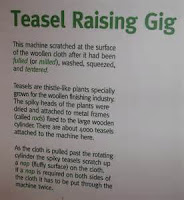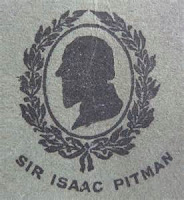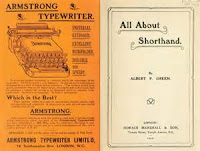Hi,
We took our grand daughter out for the day, the weather being as it has been we decided or at least she did to visit Trowbridge Museum, Trowbridge is a town in Wiltshire I never realised it was so old and the visit proved to be a very interesting day out.
The picture above is Vernon and Bethany behind a screen wearing some Ye olde world clothing.
The Museum is housed in one of the last working textile mills in Trowbridge and was called Home Mill, owned by the Salter family which closed in 1982
Archaeological evidence shows people have lived in this area since the Bronze Age (2000 BC - 500 BC) The name Trowbridge is said to originate from the Saxon word "Treobrycg" meaning tree bridge. the river Biss attached settlers to this town and it is referred to in the Domesday Book saying the town as "Straburg" which is thought to be a corruption of the original name.
The tour starts with plan of the castle and how it might have looked. King Stephen laid siege in 1139 and it is thought that the original was a Motte and Bailey castle replaced by a stone one. This would have been the hub of activity then but nothing reminds of it now, and the only indication of the location is a street name "Castle Street".
 |
Hattersley Loom
|
In its hayday Trowbridge was best known for its Textile industry between 1850-1875, it was known as the Manchester of the west. It was renowned for the production of fine quality woollen cloth called broadcloth. In the museum there are some fine examples of the different machinery, The Spinning Jenny which replaced the spinning wheel. For hundreds of years the production of cloth was on a small scale, domestic industry. The introduction of industrial textile machines in the late 1700's led to widespread unemployment and hardship for many spinners and weavers. In 1802 further riots with the introduction of the shearing frames which threaten the livelihoods of shearmen who had been protected by the statue since Tudor times.
 |
Spinning Jenny
|
 |
Teasel Gig
Whilst many people found work in the new factories others were forced into the workhouse, which in contrast many of the clothiers became very wealthy and built some fine houses. The museum houses the Hattersley Loom, The spinning Jenny and Teasel Gig
|
With the demise of the textile firms but in recent years Trowbridge has also lost Ushers the brewing company and Bowyers who make sausages and sausage products.
Two famous people are associated with Trowbridge George Crabbe Jane Austin's favourite poet, and Sir Isaac Pitman the inventor of Shorthand who was born in the town in 1813

He invented Shorthand, its many years ago since I did shorthand and I sent my books to a charity shop a few years ago thinking I would never need them, but I did find these two pieces on the internet so I hope you find them interesting. Every dot and dash either above or on the line and with or without a symbols meant a word, it was once leant a fast way of writing, which back in the 1950 and 1960 was taught to everyone wanting to learn, Dictaphone's then took the place in most offices, with bosses able to just speak into a tape machine what they wanted to say and pass the tapes to theirs secretary's for typing up. Although they are still used and with the coming of the age of computers, the use of shorthand is disappearing.
And for those who are not old enough to remember typewriters I found this image on the internet.
What I wonderful thing the internet is I was able to find these images even though Shorthand is not used as much.
I remember learning to type on a machine similar to this and typing things for my father on his old machine, Certainly made your fingers stronger pressing on the keys.
During the war Spitfires aeroplanes were manufactured in Trowbridge. The worst of the bombing was over Bristol and Bath but Trowbridge did suffer some casualties. Many children were evacuated to this area from the larger cities and there are some displays of photographs from this time.
There was a reconstruction of an old shop display with an old till, some old school desks and some old money before decimalization which happen on the 14th February 1971. ( I wont forget that date I worked in a bank then). Of course Bethany has never seen the old money and in the shop display they had the display of goods in the old money, we stood ages working the prices into today's money.
They do have a weaving exhibition going on at the moment I am hoping to go back and see it as we miss the start of this by a couple of days.
This was our day out with lunch and look around the shops, it was an interesting day.
Hugs
Margaret































